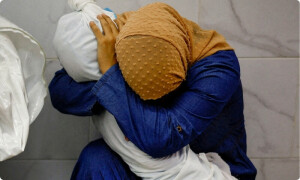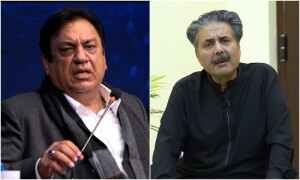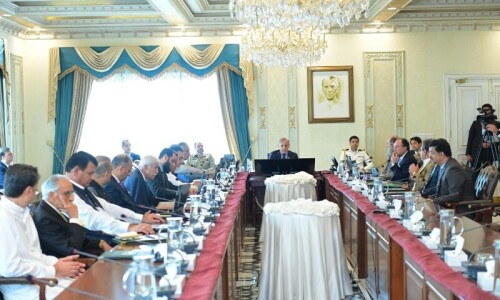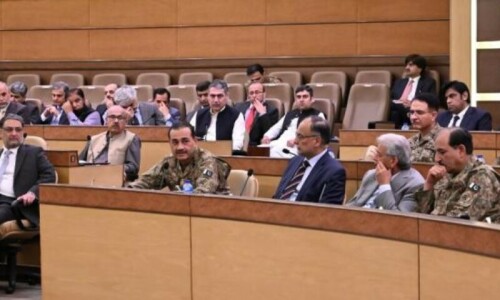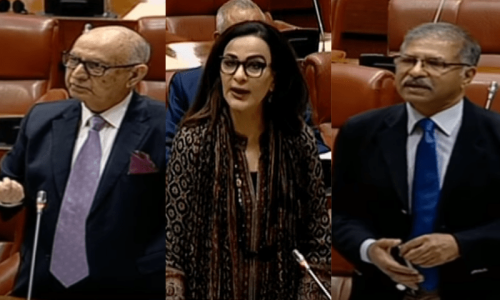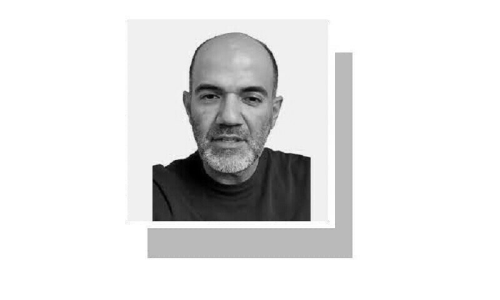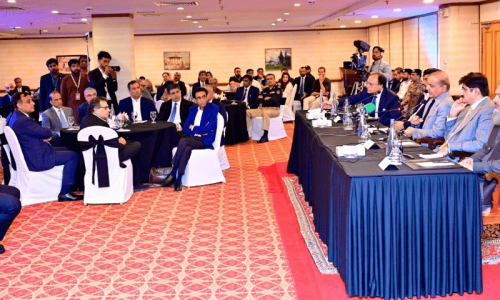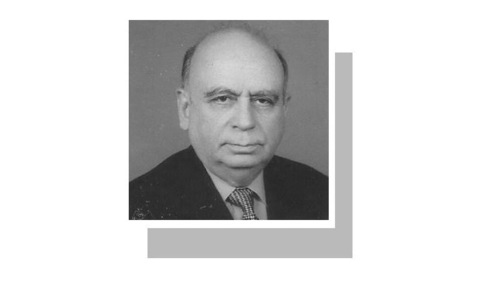
AT the start of this year I had raised the question whether the CPEC projects are loans or FDI. My January column in this paper titled ‘Chinese investment’ had gone on to conclude that overwhelmingly the CPEC funds fell within the definition of FDI.
The successive weeks saw a series of opinion pieces (including some in this newspaper) extensively discuss the loans and repayment obligations ‘arising from CPEC’ and whether or not the country will be able to afford these. The writers went on to calculate year-wise loan repayment instalments, repatriation of earnings as well as the cost of importing fuel for the power plants. To my mind these reflect an unnecessary phobia we have in this country about anything involving foreign loans. But more importantly these are trifling details which — regardless of what conclusion the writers reached — potentially take the CPEC discussion in the wrong direction.
To develop a robust and meaningful standpoint on any issue one needs to frame the right questions. So let’s look at the strategic logic of these projects once again. As a developing country, Pakistan is going to need tens of billions of dollars of investment to build power generation and transmission capacity. This is not a choice but an urgent and pressing need. In the world of corporate finance, investment projects involve three types of decisions and these decisions are independent of each other.
In other words, each decision is made on its own merit and is self-supporting. The first is capital budgeting where the decision is made (in principle) to buy a capital item (like a power plant). In the next step, the capital structuring is determined, ie what ratio of debt and equity is going to be optimal. And finally, the financing decision asks who will invest. The project developer’s job is to locate equity investors and lenders.
We have an unnecessary phobia about foreign loans.
The question of whether the power plants should be in the private or public sector has already been settled in our successive IPP policies many years ago.
The third question is what plant and equipment is needed and whether Pakistan manufactures power generation and transmission equipment? If not, then there should be no quarrel with the fact that the equipment would have to be bought from somewhere abroad.
The fourth question is, what is our preferred choice of fuel? To a large extent, we have opted for natural gas- and coal-fired plants and till such time that new domestic reserves of these resources are discovered, these fuels would need to be imported.
The fifth question is that if you do not wish to create long-term, cross-border debt obligations then there is the option to pay for the equipment up front. In that case the project developers could be asked to raise local debt to the extent required according to the capital structure, and pay off the equipment supplier all at once and in foreign currency. Equity is always the more expensive form of financing because equity investors seek higher returns than banks. The world over, power projects can only be commercially viable if heavily leveraged.
But as can be seen, the question of debt comes very low down in the investment decision process. And by that time it is almost a foregone and inescapable conclusion that there would be heavy debt involved regardless of whether it comes from Chinese financial institutions or elsewhere. This cross-border debt comes tied with the equipment. The foreign currency requirements for repayment would be spread over 10 years or so. It carries a reasonable interest rate so there is no cause for alarm.
Tailpiece: Recently in conversation with a prominent economic journalist, I mentioned that Chinese steel giant BaoSteel was planning an industrial park in the Gwadar Special Economic Zone to manufacture and export stainless steel. The apprehension came back immediately: “How can we be sure they will receive the export revenues in Pakistan and not in China?” This again echoed some of the unfounded fears one hears among our business community. Let me explain why this particular one is untenable.
Most of the costs would need to be borne locally. The cost of the finished product would include ore extraction and haulage of raw material to Gwadar, where it would be melted, rolled and drawn into refined finished product. All this involves substantial energy, capital and labour costs, most of which which would need to be paid locally. In this type of industry, where margins are wafer thin, these costs may be upwards of 90 per cent of the sales value. Hence it would make little sense for the steel manufacturer to receive payments for sales proceeds in China when most expenses are to be paid in Pakistan.
The writer is author of the book Putting Pakistan Right: Standpoints on the War on Terror, Energy, Transit Corridors &Economic Development.
Published in Dawn, April 9th, 2017






